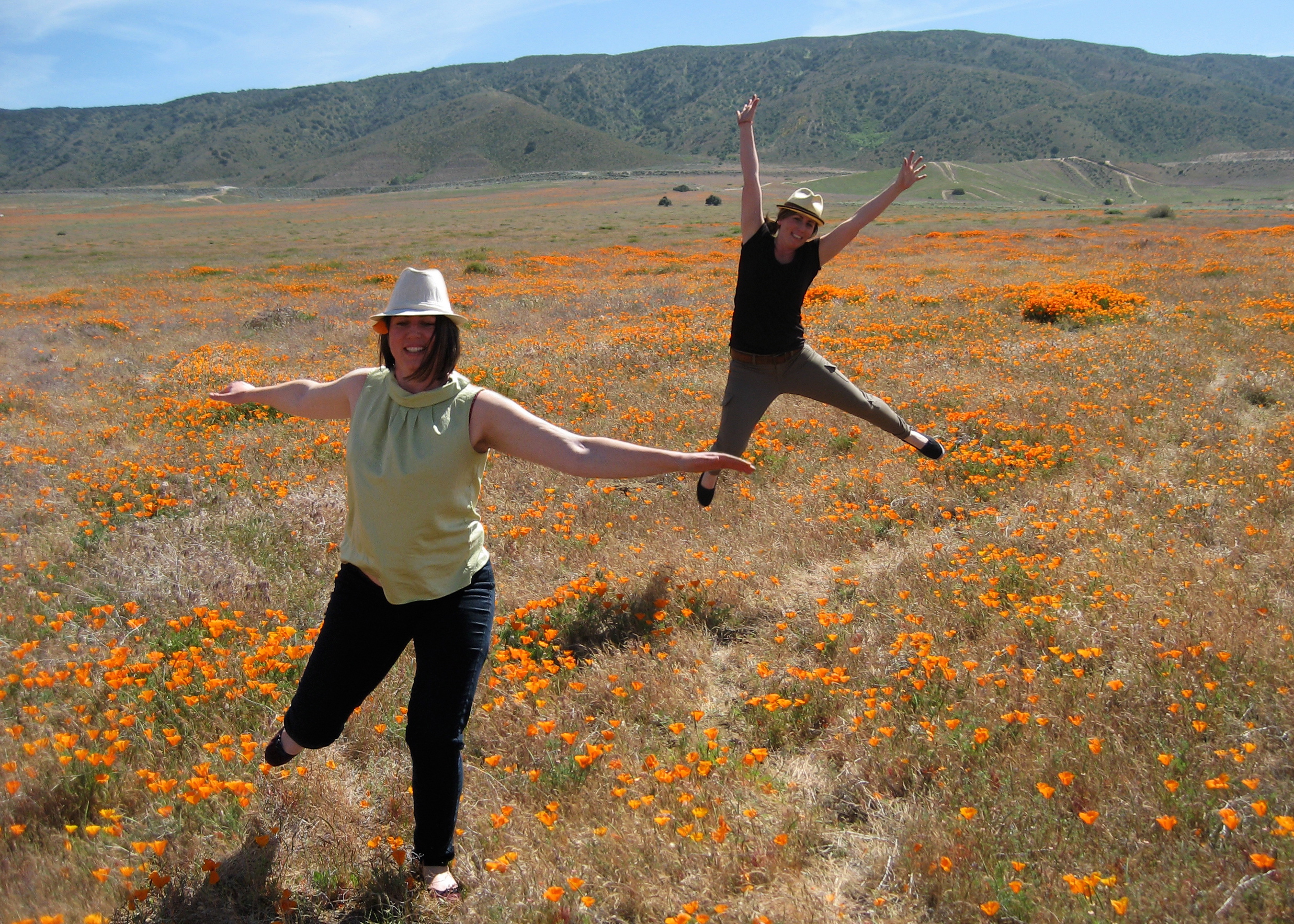Jason Eppink, curator of the Museum of the Moving Image’s show How Cats Took Over the Internet, has noted the “outsized role” of cats on the Internet. Wired magazine felt that the cuteness of cats was “too simplistic” an explanation of their popularity online.
A scientific survey done found that the participants were more happy after watching cat videos. The researcher behind the survey explained “If we want to better understand the effects the Internet may have on us as individuals and on society, then researchers can’t ignore Internet cats anymore” and “consumption of online cat-related media deserves empirical attention”. The Huffington Post suggested that the videos were a form of procrastination, with most being watched while at work or ostensibly studying, while IU Bloomington commented “[it] does more than simply entertain; it boosts viewers’ energy and positive emotions and decreases negative feelings”. BusinessInsider argues “This falls in line with a body of research regarding the effects that animals have on people.” A 2015 study by Jessica Gall Myrick found that people were more than twice as likely to post a picture or video of a cat to the internet than they were to post a selfie. Also, it was found that people who watch cat videos feel more energetic and positive after viewing online cat content.
Maria Bustillos considers cat videos to be “the crystallisation of all that human beings love about cats”, with their “natural beauty and majesty” being “just one tiny slip away from total humiliation”, which Bustillos sees as a mirror of the human condition. When the creator of the World Wide Web, Tim Berners-Lee, was asked for an example of a popular use of the internet that he would never had predicted, he answered “Kittens”. A 2014 paper argues that cats’ “unselfconsciousness” is rare in an age of hyper-surveillance, and cat photos appeal to people as it lets them imagine “the possibility of freedom from surveillance”, while presenting the power of controlling that surveillance as unproblematic. Time magazine felt that cat images tap into viewers nature as “secret voyeurs”.




